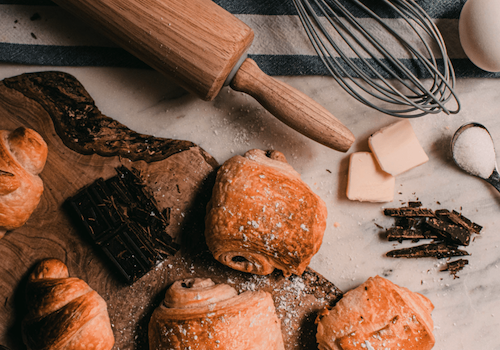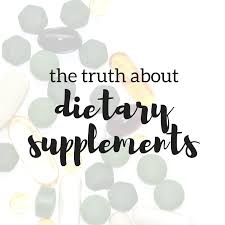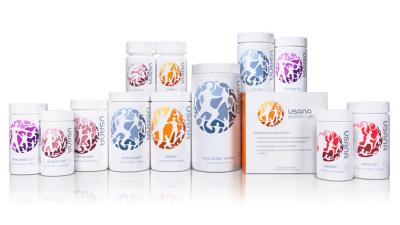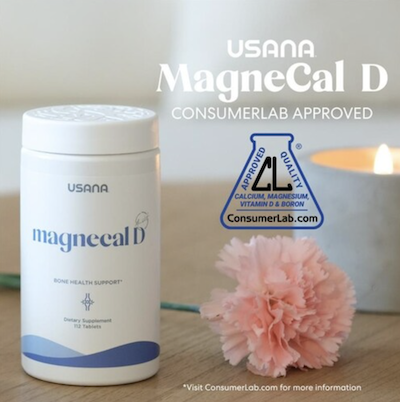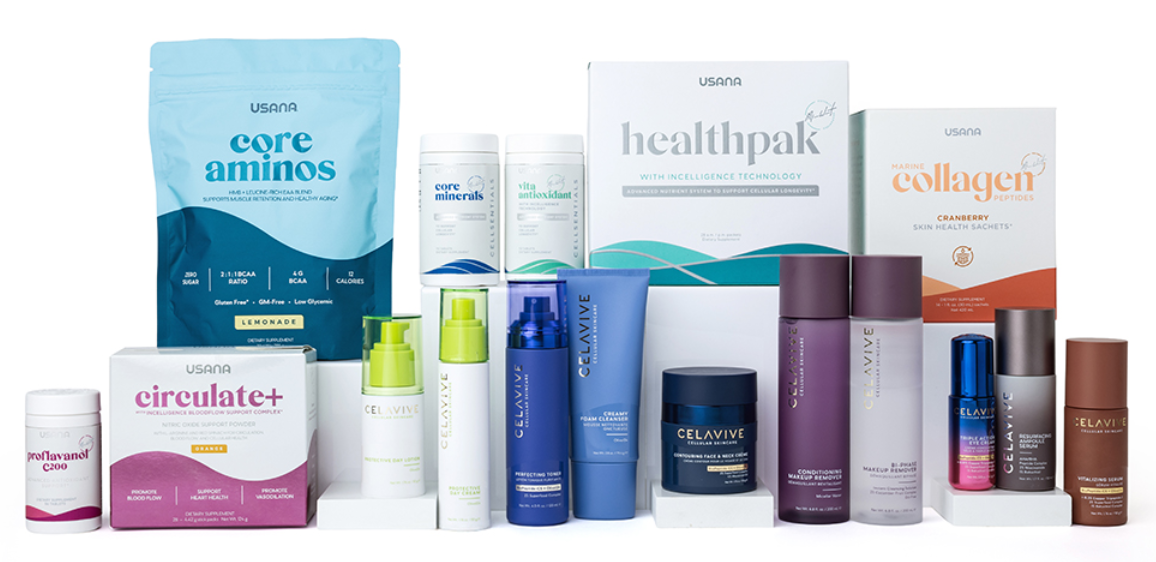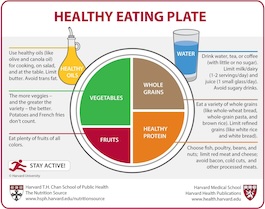Nothing says “I love you” like a box of home-baked cookies, frosted cupcakes, and delicious pies. But one glance at their ingredients and you’ll be feeling more sour than sweet.
The processed sugar in your favorite treats may taste great, but it doesn’t do your body any favors. Too much of this good thing can deplete your energy levels and even negatively impact your mental health—so long, healthy start to the new year. All this, and it’s addictive, too.
So, does this mean your kitchen gets time off? Heck, no. We’ve pulled together our best-loved sugar alternatives to help make your favorite holiday recipes even sweeter. So, don your apron, roll up your sleeves, and crank up the tunes. It’s time to get busy in the kitchen.
HONEY
A hot tea staple, honey is perhaps the most well-known sugar substitute. And a little goes a long way to achieve the same sweetness as sugar. Plus—seasonal bonus—honey helps soothe sore throats and coughs, and it contains trace amounts of Vitamin C, B vitamins, and antioxidants. Perfect for winter chills and springtime sniffles.
Honey’s ability to absorb and retain moisture gives it excellent preservative properties to keep baked goods fresher, longer. So, go ahead, bake that cake a few days before your family’s soiree, or send those goodies via snail mail. Honey keeps your seasonal delights as moist as the day you made them.
But first, some tips:
- Honey is twice as sweet as sugar, so use one-third to one-half the amount of honey as you would sugar. If measuring by weight, remember that one cup equals 12 ounces.
- Did you know honey is 18 percent water? It won’t hydrate you, but it will add a lot of moisture to your baked goods, so reduce your liquid volumes by around 20 percent.
- Honey burns, so reduce your oven temperature by about 25 °F when baking.
- Though healthier than sugar, honey still contains natural sugars—fructose and glucose—so be careful not to eat too much.
MONK FRUIT
Originating from southern China, monk fruit (aka lo han guo, or the swingle fruit) was initially used as an Eastern medicine treatment for colds and digestion. Its sweet juice contains zero calories, so it’s an excellent sugar alternative for health-conscious eaters.
Monk fruit sweeteners dissolve well in liquids and remain stable at high temperatures, making it a perfect, sugar-like staple. Using it in your recipes takes a little trial and error (my excuse to do more baking). With a different texture and structure than sugar, it can affect your baked goods’ appearance.
More significantly, monk fruit tastes a staggering 150-200 times sweeter than sugar, so a straight one-to-one swap will knock your socks off—one teaspoon of monk fruit sweetener is equal to one cup of sugar. Monk fruit sugar, on the other hand, is more like sugar in texture, and the sweetness is more balanced. A good rule of thumb is to replace one cup of sugar with a one-third cup of monk fruit sugar to see how that works for you.
COCONUT SUGAR
Just as white sugar is made by boiling down sugar cane juice into crystals, coconut sugar is made from coconut palm sap.
Coconut sugar is less refined (or less processed) than table sugar and has a much lower glycemic index (GI) of 35-42, compared to 60. The higher a food is on the GI (0 to 100) the quicker it increases blood sugar levels, which causes sugar spikes, followed by crashing slumps.
Coconut sugar also has a distinctive flavor, similar to brown sugar, so you may prefer to swap it with brown instead of white sugar—ideal for gingerbread houses, blondies, and fruit cake.
This substitute is easy to remember. Use the same amount of coconut sugar as you would regular sugar, and your treats will taste just as delicious.
AGAVE NECTAR OR AGAVE SYRUP
Friends with dietary restrictions? No problem! Swapping out ingredients so everyone can enjoy your baked creations can be simple and incredibly tasty—and healthier. That’s when our next sugar substitute shines.
Agave is a vegan-friendly sweetener suitable for most anyone. There’s some debate as to how healthy this sugar substitute may be—its very low GI sits at 10-19, but it also contains more calories than table sugar—so use responsibly.
For a white-sugar swap, replace one cup of table sugar with a two-thirds cup of agave and reduce any other liquids in the recipe by a quarter to one-third cup. The same goes for a brown-sugar swap, but no need to reduce the liquids. And just like honey, agave can burn, so choose a temperature that’s around 25 °F cooler than the recipe calls for.
When the nights draw in early and I’m tucked snug inside, there’s nothing I love more than a freshly baked cookie—or five. It’s easy to overindulge, but making one or two of these sweet sugar swaps means you and your family can enjoy your favorite treats without feeling too naughty.
Tell us your favorite baked-goods recipes below, and find more information about sugar substitutes.

 Español
Español
